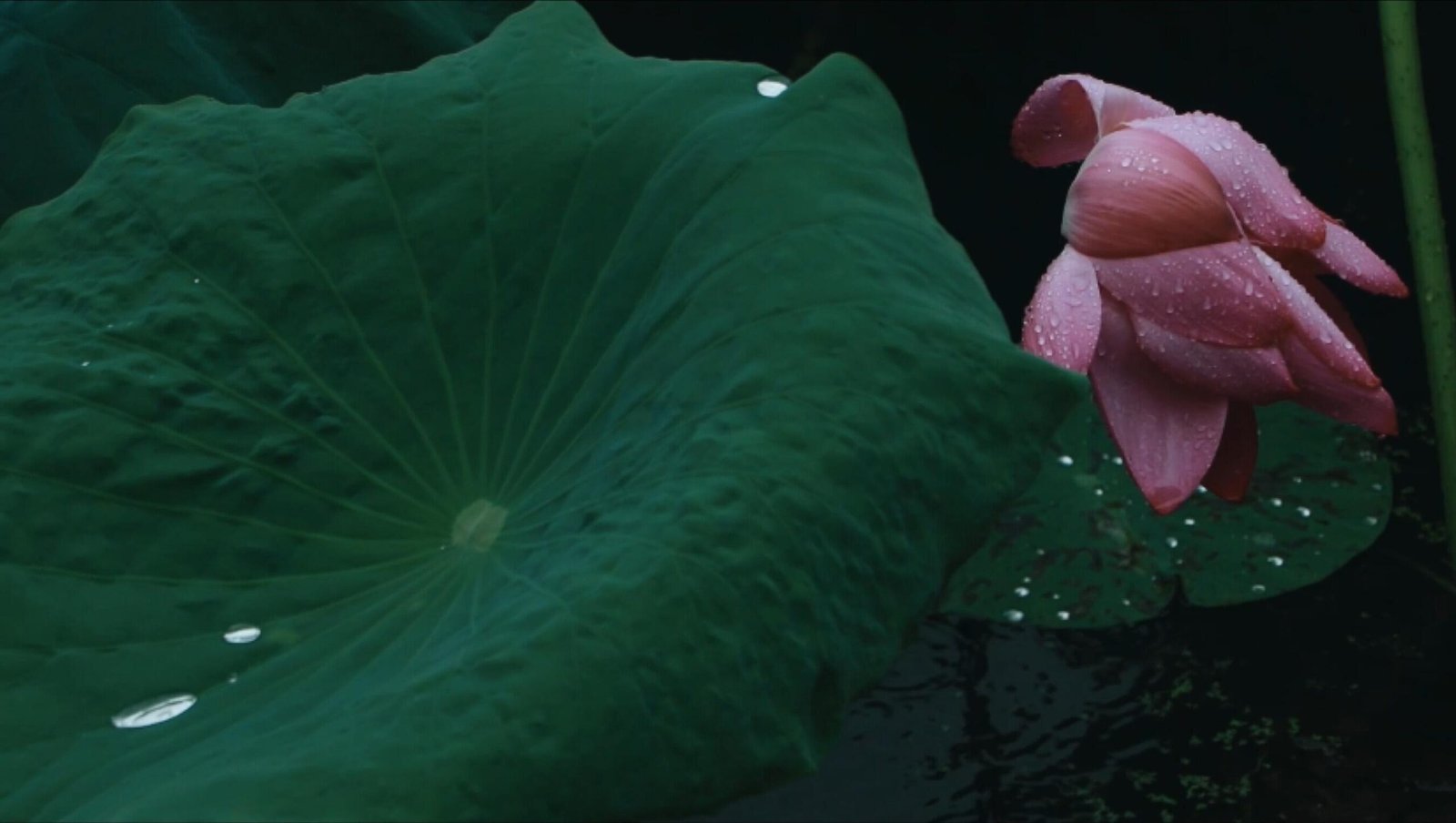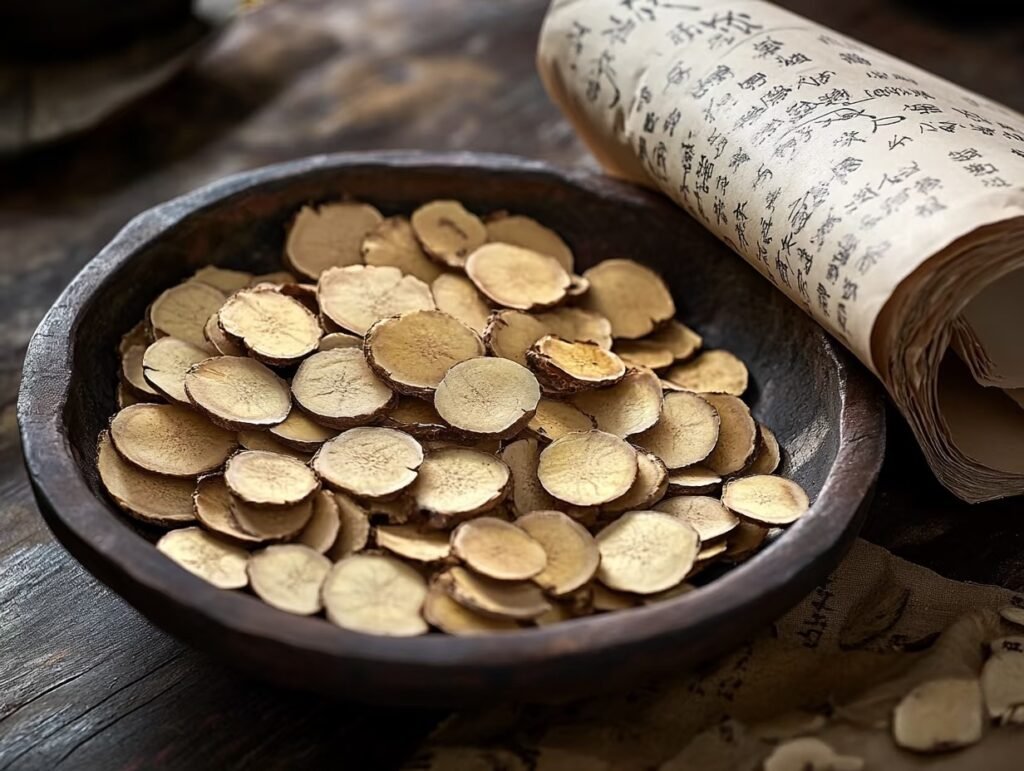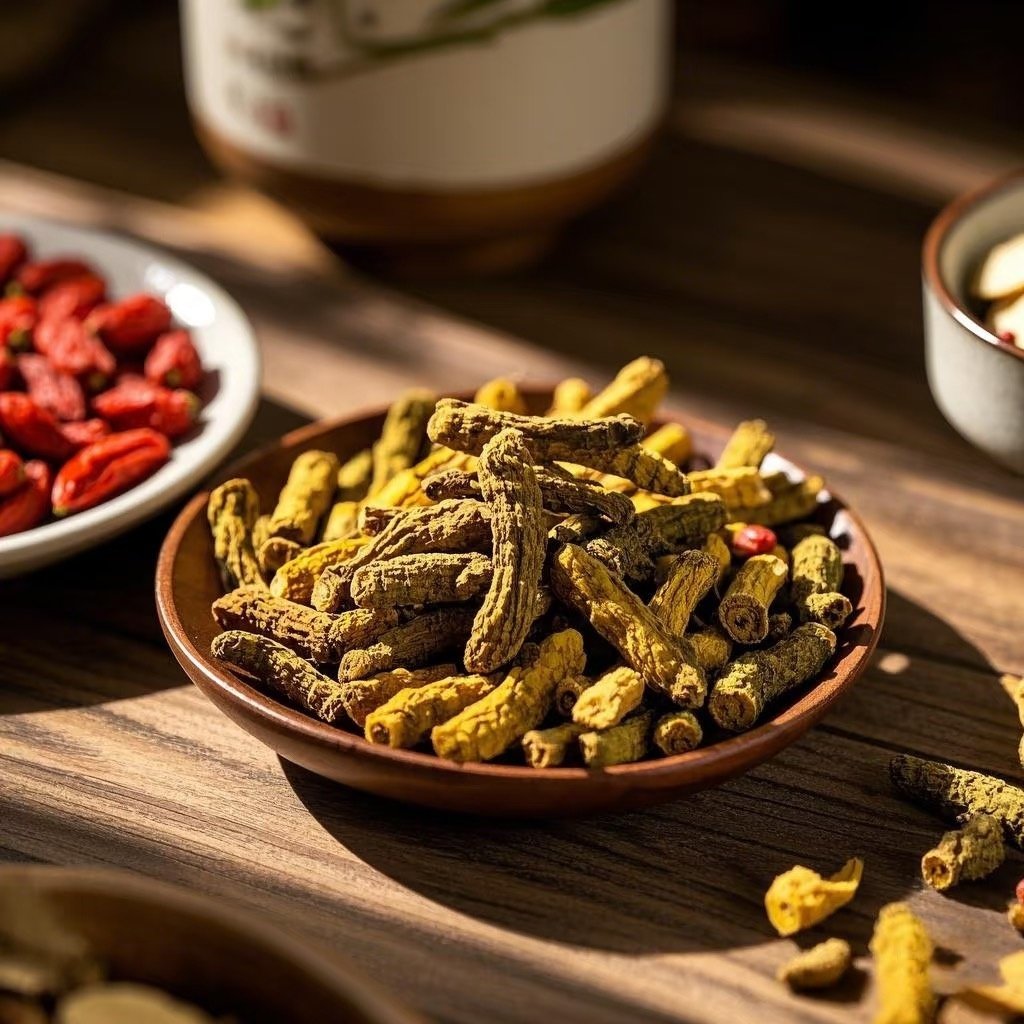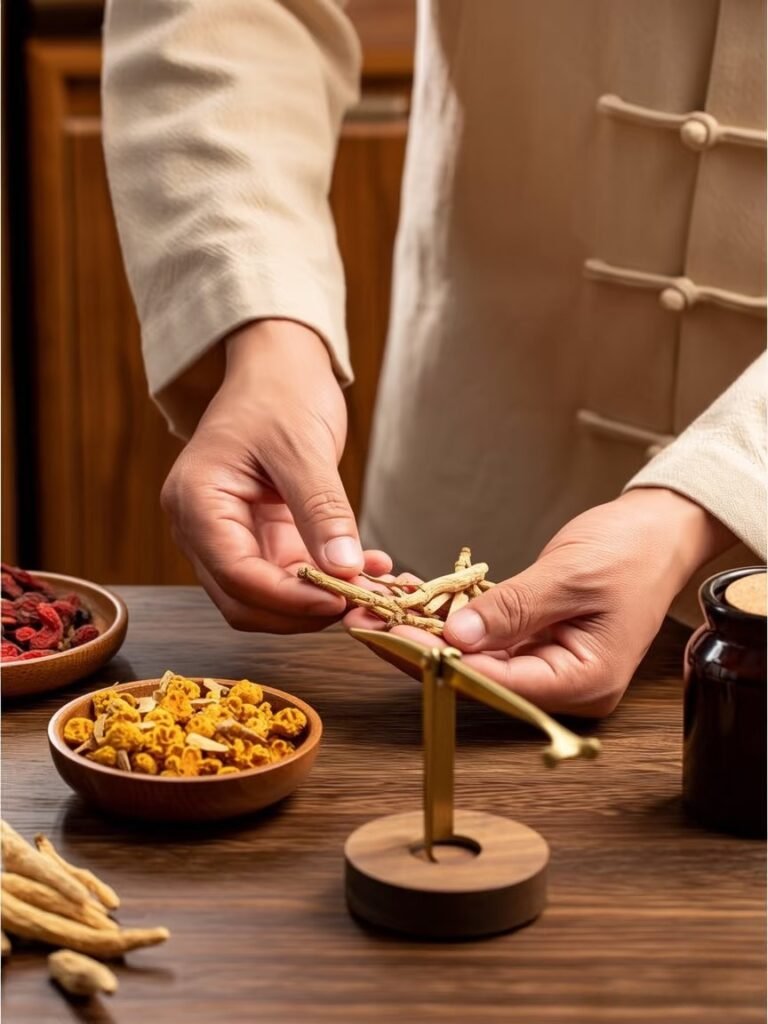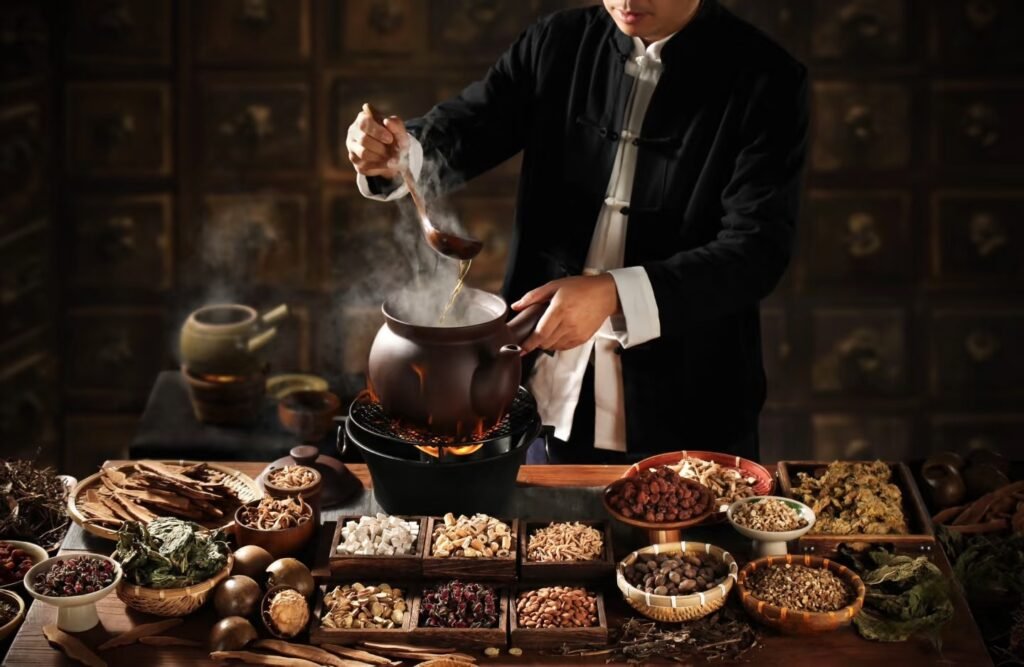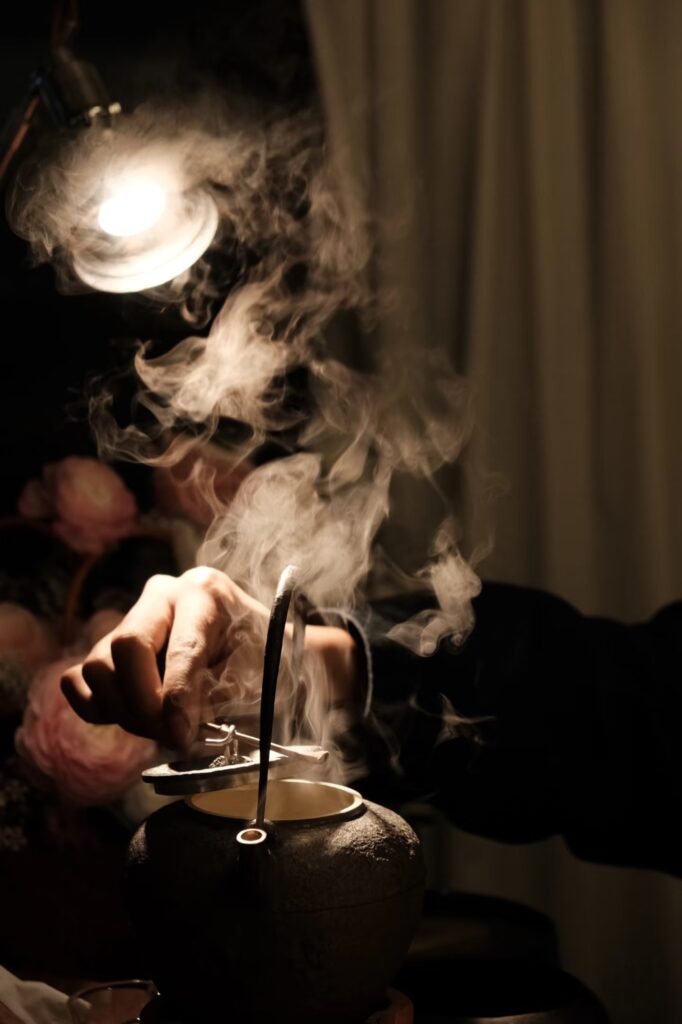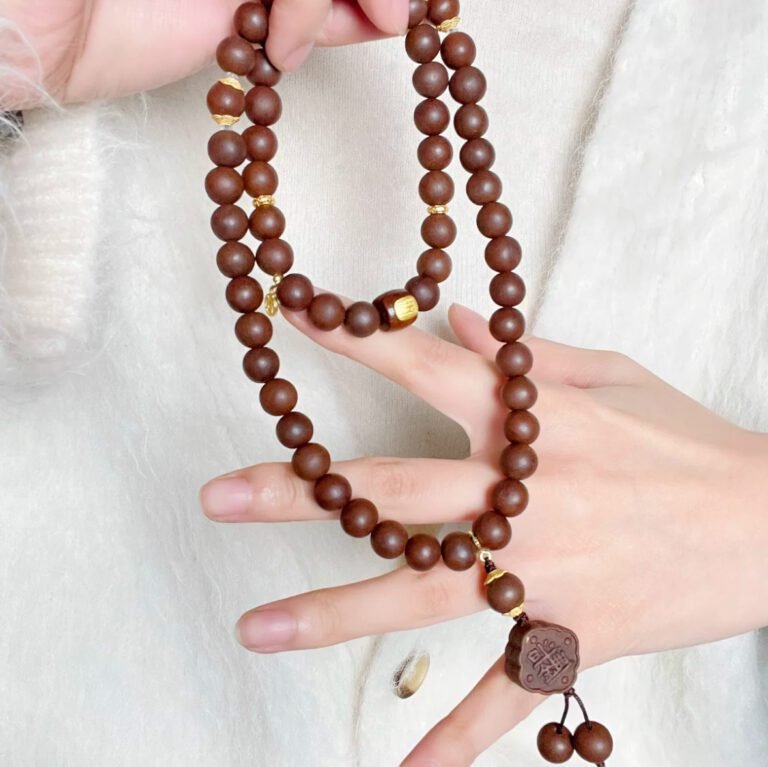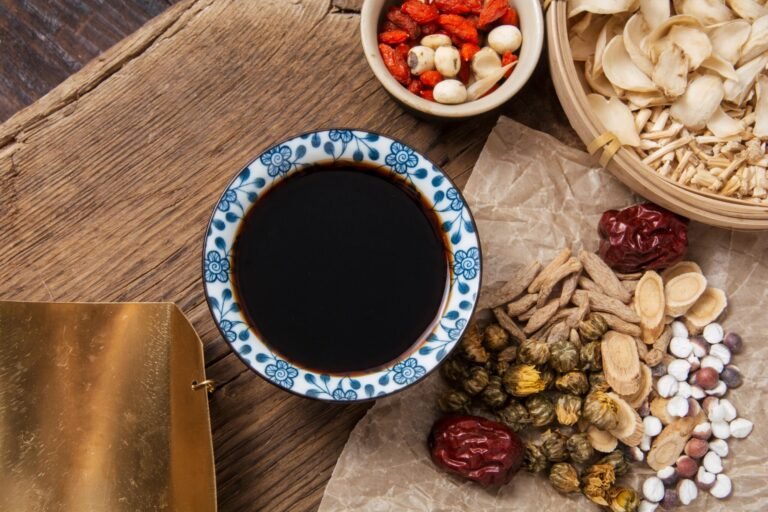Chinese Medicine: Beyond the Veil of Mystery
“You Chinese… your medicine seems like it’s from another world.”
That was what a 60-something French lady told me on a quiet afternoon in Paris, pointing to a pouch of Huang Qi (Astragalus root) I held in my hand.
“It is,” I smiled, “but it might help you sleep better. Especially if you think too much.”
This wasn’t just small talk. It was the start of something larger—how traditional Chinese medicine (TCM), with over 2,000 years of accumulated wisdom, is still widely misunderstood in the West. Often labeled as “alternative,” “herbal,” or “spiritual,” it has lingered at the margins of Western medicine for decades. To many, it’s fascinating but vague—effective, maybe, but unproven. And most of all: mysterious.
Let’s pause for a moment and gently peel that mystery away.
Where the Mystery Begins: A Clash of Medical Worldviews
Western medicine is built on clarity: anatomy, molecules, receptors, and double-blind trials. It begins with dissection and ends in data. It is precise, powerful, and yes, indispensable.
Chinese medicine, on the other hand, comes from a different lineage. It sees the human body not as a battlefield, but as a garden to be cultivated, balanced, and observed seasonally. Instead of focusing only on symptoms, it reads patterns. A Western doctor might ask what bacteria cause your cough. A Chinese doctor might ask why your lungs are ‘dry’ this time of year, or why your sleep is disrupting your qi (What is Qi?).
It’s not mysticism. It’s a different form of science—one that is empirical, just not always quantifiable in Western terms.
Stories Hidden in Roots and Leaves
Let’s take Licorice Root (Gan Cao). In TCM, it’s called the “Chief of all herbs.” It harmonizes other ingredients, soothes sore throats, and reduces toxicity. In modern pharmacology, it contains glycyrrhizin, an anti-inflammatory, anti-viral compound found in many cold and flu medications.
Or Coptis Root (Huang Lian)—unbelievably bitter and traditionally used to “clear heat and dampness.” It turns out that it contains berberine, which modern science now explores for treating inflammation, diabetes, and even cancer.
Modern Science is Catching Up
In labs at Harvard, Stanford, and Heidelberg, scientists are now revisiting what was once dismissed as folklore. Studies are confirming anti-cancer properties in Lingzhi (reishi), cardiovascular effects of Danshen (salvia), and neuroprotective benefits in Ginkgo.
Meanwhile, in China, TCM is undergoing a revolution. Standardization, digitization, and pharmacological validation are making Chinese medicine easier to understand, prescribe, and export. No more mystery pills. Now we have barcoded, lab-certified herbs in eco-friendly boxes ready for pharmacies in Paris or Berlin.
Healing in a Time of Anxiety: Why the West is Listening
In London, a startup uses TCM herbs for burnout relief. In Brooklyn, yoga teachers drink herbal decoctions for better sleep. In Copenhagen, acupuncture clinics now offer “TCM-based detox packages.” (Read more stories)
This isn’t cultural appropriation. It’s cultural adaptation. People are craving gentler medicines —ones that see the whole person, not just the problem.
Not an Alternative, But a Parallel
Chinese medicine doesn’t want to replace Western medicine. It doesn’t need to.
What it asks for is simple: to be understood on its own terms.
Not through mistranslations, not as exotic decoration, but as a living body of knowledge—one that’s still growing, still teaching.
You don’t have to believe in qi. But if something helps you sleep better, breathe deeper, or feel more alive—maybe it’s worth exploring?
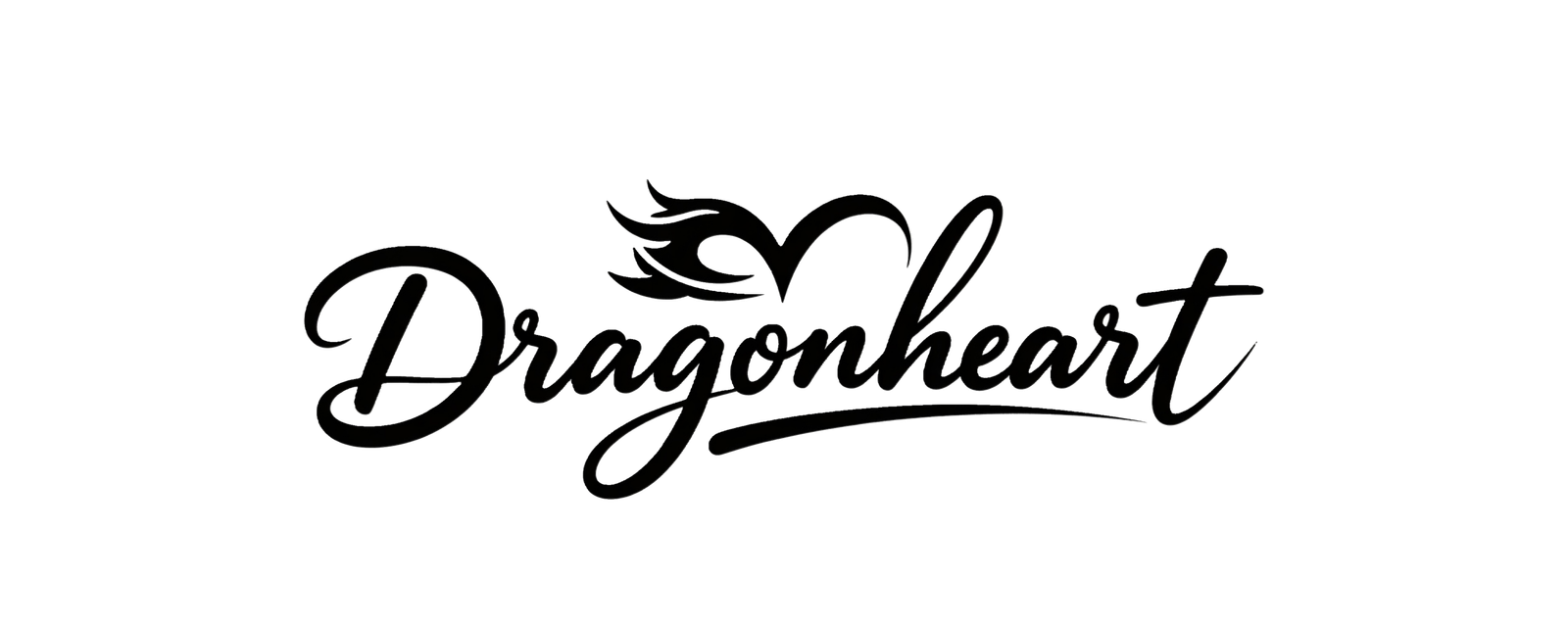
 Orchid Ambergris Flower Ring – Chinese Herbal Aromatherapy Jewelry
Orchid Ambergris Flower Ring – Chinese Herbal Aromatherapy Jewelry 